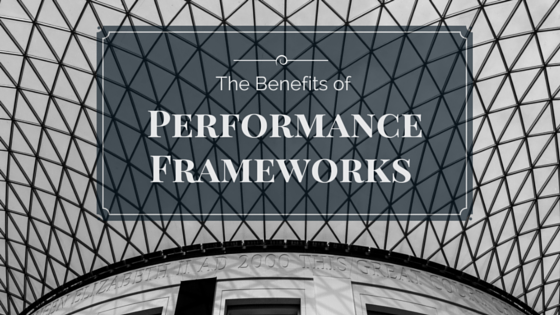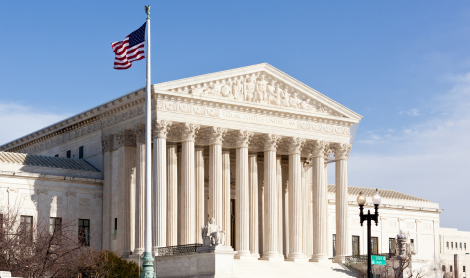With legislative sessions across the country coming to a close, it’s a great time to stop and reflect on the trends and themes we saw in state legislatures across the country this session. We saw hundreds of policy proposals this year, and for the next couple of weeks we’ll be ruminating on them here. The topic at the front of my mind is performance transparency: this session states got serious about making sure the public knows how charter schools are doing.
States did this by pushing for increased transparency of charter school performance outcomes. NACSA supports both requiring authorizers to use performance frameworks that outline performance expectations a school will need to meet to be renewed and that they publicly report the results of each school in their portfolio.
Bills passed this session in Alabama, Oklahoma, Connecticut, and Wisconsin that dealt with both of these topics and another bill passed in Arizona addressing reports on school performance. States added these policies to their charter school statute in varying ways. In Alabama, they were a part of the state’s first charter school law; in Oklahoma, they were part of a complete overhaul of charter school policy that was years in the making. In Connecticut, these policies were part of a greater accountability and regulations bill. This bill was motivated by mixed emotions of hostility and needed transparency because of recent shortcomings in the state. In Wisconsin, the provisions were included in the budget bill along with other overall school accountability components. It should be noted that this bill has not yet passed the full house in Wisconsin, but has passed the joint finance committee.
These bills reflect an ongoing push for outcome transparency in state policy, which is based on the foundation of the charter movement: increased autonomy over school operations in exchange for increased accountability for results. And accountability starts with transparency.
These two transparency measures (performance frameworks and publicly reporting their results) hold charter schools accountable to the public and allow parents, policymakers, authorizers, and others stakeholders to make informed decisions. Performance frameworks not only give authorizers a rubric against which to judge financial, organizational, and academic performance of schools, but allows schools to know what is expected of them. Annual reporting on school performance gives parents the information they need to decide which school is best for their children, lets policymakers know which authorizers have strong portfolios and alerts oversight bodies to those that do not.
With benefits for so many, it is no wonder states are finding ways to get these provisions into law. More than half (23/44) of the states with charter schools require annual reports on school performance of some kind and 14 states require performance frameworks. Countless other authorizers across the country are implementing these provisions on their own.
As the sector continues to grow and evolve, these accountability provisions become increasingly important and we are likely to see them continue to appear in future legislative sessions. It’s encouraging to see so many states interested in improving their laws to promote them.



